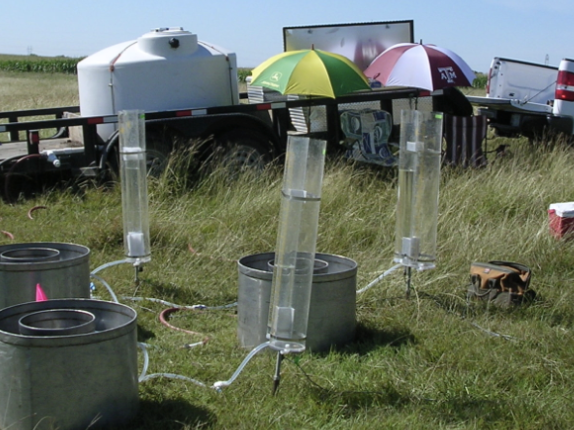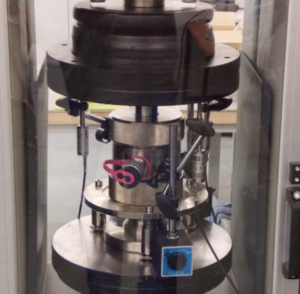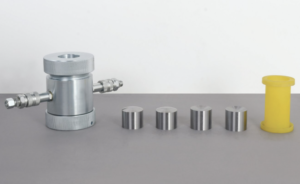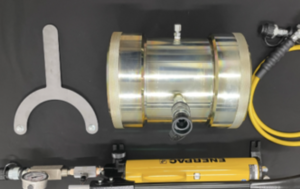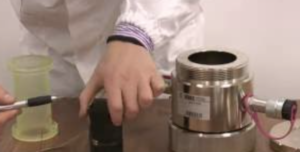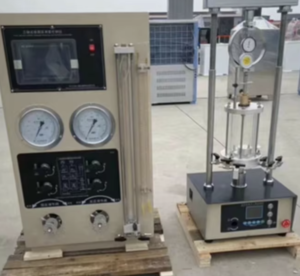Top 5 Applications of Double Ring Infiltrometers in Environmental and Geotechnical Studies
If you’ve ever tried to measure how fast water sinks into the soil, you know how tricky it can be. That’s why the double ring infiltrometer has become one of my go-to tools in the field.
Double ring infiltrometers are widely used for assessing infiltration rates across various soil conditions. From groundwater recharge to erosion control and urban drainage, they provide dependable data that informs both environmental and engineering decisions.
Let’s break down the top five ways these devices are making a difference.
Groundwater Recharge Assessment
In areas where water conservation and aquifer replenishment are critical, understanding infiltration behavior is the first step.
Double ring infiltrometers help determine how much rainwater or surface runoff can effectively seep into the ground to recharge groundwater. This is especially important in drought-prone or overdrawn aquifer zones.
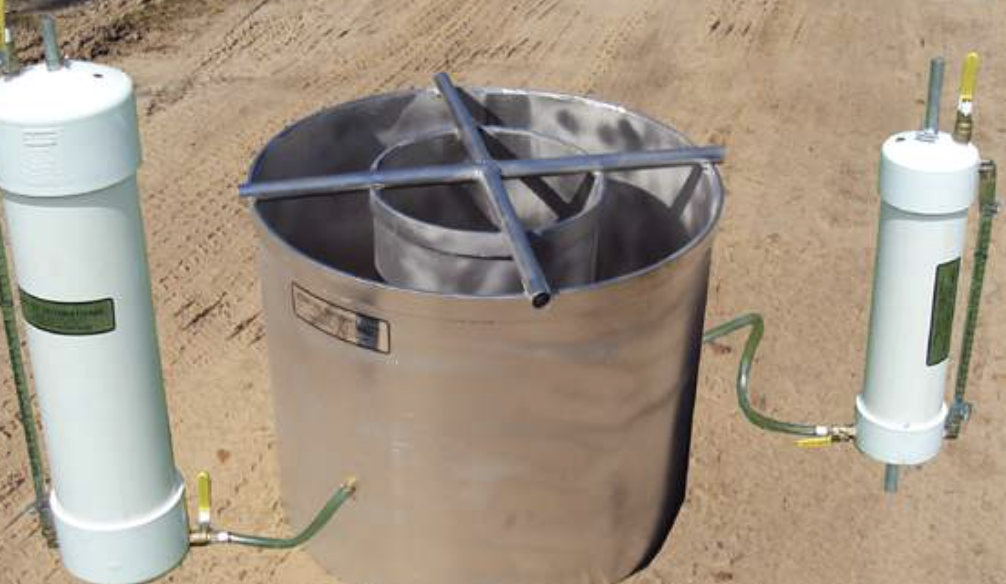
How It’s Used:
- Establishes baseline infiltration for recharge modeling
- Assesses potential recharge zones
- Supports sustainable water management planning
| Benefit | Impact on Groundwater Recharge |
|---|---|
| Reliable infiltration rates | Helps predict aquifer replenishment |
| Site-specific data | Aids in zoning and recharge prioritization |
| Repeatable results | Enables long-term monitoring |
This data helps hydrologists develop better recharge strategies and ensures a sustainable water supply in growing communities.
Stormwater Management and Urban Drainage Design
With more paved surfaces and less natural land, cities face a growing challenge—managing where water goes when it rains.
Engineers use double ring infiltrometers1 to evaluate how well soils in urban or planned developments absorb water. This supports stormwater system design2 and helps avoid flooding or runoff issues.
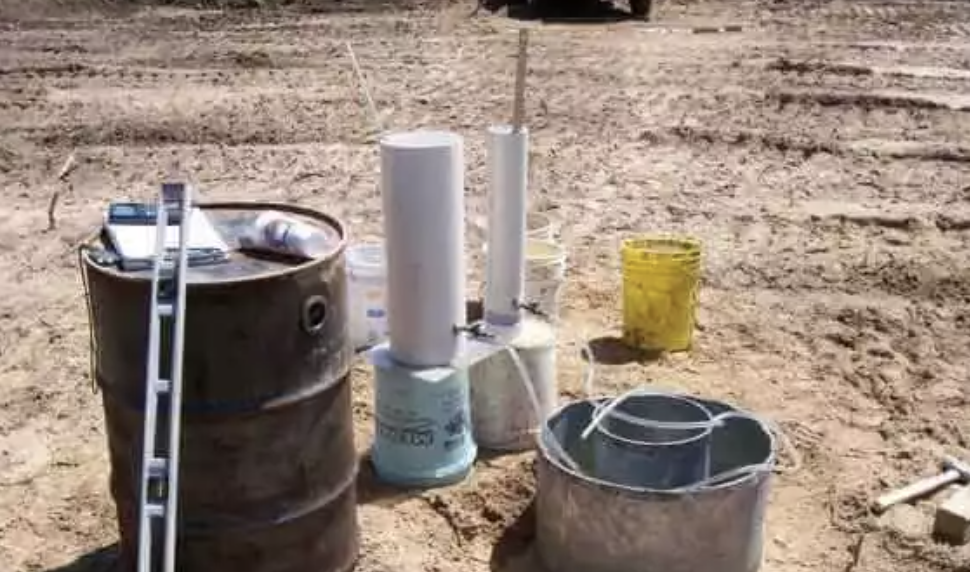
How It’s Used:
- Tests infiltration potential of urban soils
- Guides design of permeable pavements, bioswales, and retention basins
- Prevents overloading drainage systems
| Application Area | Relevance of Infiltration Data |
|---|---|
| Green infrastructure | Bioswales and rain gardens design |
| Pervious pavements | Assess subgrade absorption capacity |
| Retention basins | Estimate drainage and detention timing |
Using infiltration rates from the field ensures urban systems handle water naturally, instead of just pushing it downstream.
Soil Conservation and Erosion Control
Erosion can strip soil of nutrients and stability, causing landslides or degrading farmland. But not all erosion starts on the surface.
Double ring infiltrometers help evaluate how infiltration—or lack of it—affects soil cohesion3 and runoff potential. When soils absorb water too slowly or too quickly, erosion risks rise.
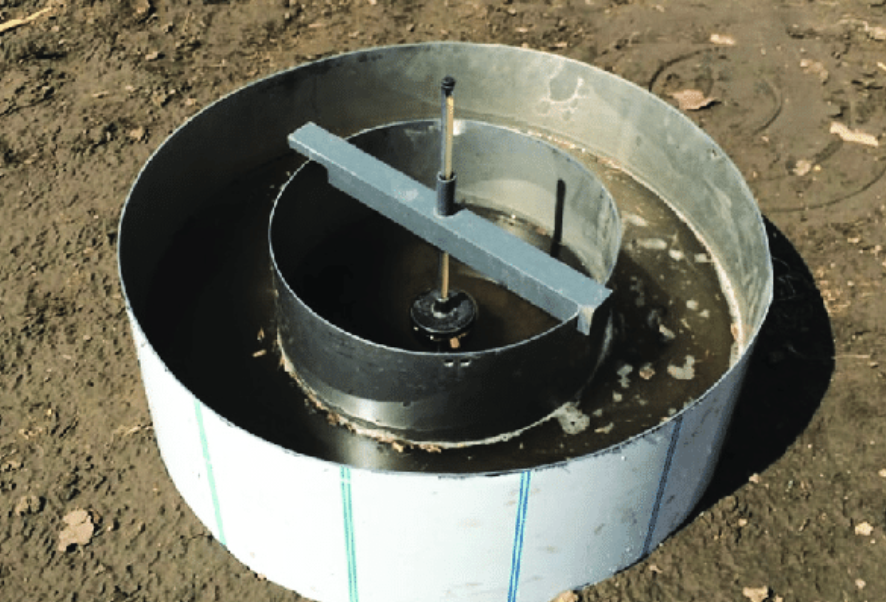
How It’s Used:
- Identifies vulnerable slopes and compacted areas
- Supports reforestation or slope stabilization planning
- Aids in setting erosion thresholds for land use
| Erosion Control Target | Infiltration Insight Provided |
|---|---|
| Steep terrain | Determines water entry rate vs. runoff risk |
| Construction sites | Helps plan sediment barriers and drainage |
| Farmland | Supports no-till or cover crop decisions |
It’s a quiet way to catch a big problem before it grows.
Landfill and Contaminated Site Evaluation
When you’re dealing with waste or contaminated sites, the last thing you want is untracked water flow carrying toxins away.
Environmental engineers use double ring infiltrometers4 to determine how easily water can infiltrate into or around landfills and contaminated zones. This affects liner design, barrier systems, and risk assessment5.
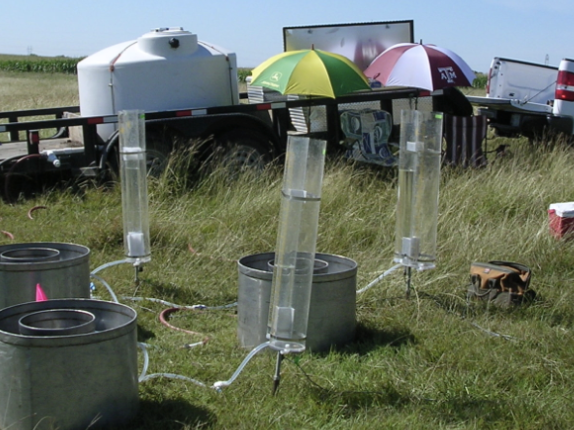
How It’s Used:
- Assesses natural soil permeability before site selection
- Evaluates cap integrity or barrier effectiveness
- Supports leachate and runoff management plans
| Use Case | Why Infiltration Rates Matter |
|---|---|
| Landfill siting | Ensures proper drainage and containment |
| Contaminated soils | Predicts migration potential of pollutants |
| Cap system monitoring | Detects potential breaches or seepage |
In these high-risk environments, accurate infiltration data could prevent long-term environmental damage.
Agricultural Irrigation Planning
Water is precious—and in farming, every drop counts. That’s why knowing exactly how water moves through soil helps avoid both waste and plant stress.
Double ring infiltrometers6 guide farmers and agronomists in determining irrigation frequency7, amount, and methods tailored to their specific soil.
How It’s Used:
- Helps choose between drip, sprinkler, or furrow methods
- Prevents overwatering or waterlogging
- Supports precision agriculture strategies
| Crop Need | Infiltration-Based Adjustment |
|---|---|
| Shallow-rooted crops | Light, frequent watering |
| Sandy soils | Faster irrigation cycles |
| Clay soils | Slower infiltration = less frequent cycles |
Matching irrigation with infiltration saves water, boosts yield, and lowers costs.
Conclusion
From groundwater planning to erosion control, double ring infiltrometers have proven to be a quiet powerhouse in environmental and geotechnical work. If you need to understand how soil interacts with water—whether in a cornfield or a construction site—this simple tool gives you the insights you need to act wisely.
-
Understanding double ring infiltrometers can enhance your knowledge of urban water management and soil absorption. ↩
-
Exploring stormwater system design practices can provide insights into effective urban planning and flood prevention strategies. ↩
-
Exploring soil cohesion will provide insights into its role in maintaining soil stability and preventing erosion. ↩
-
Explore this link to understand the significance of double ring infiltrometers in assessing water infiltration and contamination risks. ↩
-
Learn about risk assessment to grasp its critical role in managing contaminated sites and ensuring environmental safety. ↩
-
Explore this link to understand how double ring infiltrometers can optimize irrigation practices and improve crop yield. ↩
-
This resource will provide insights on calculating irrigation frequency, ensuring efficient water use and healthier plants. ↩

